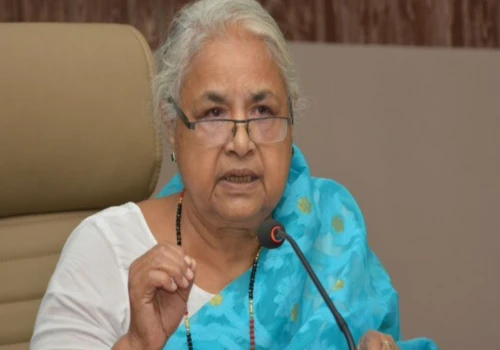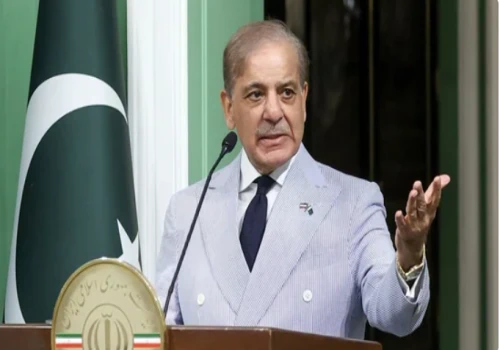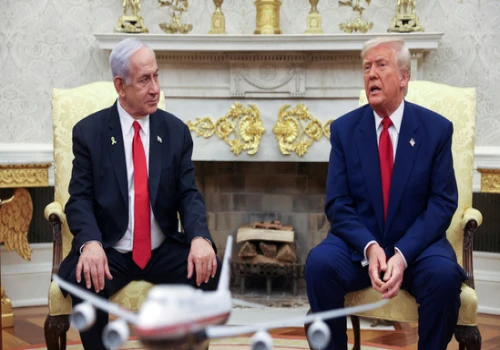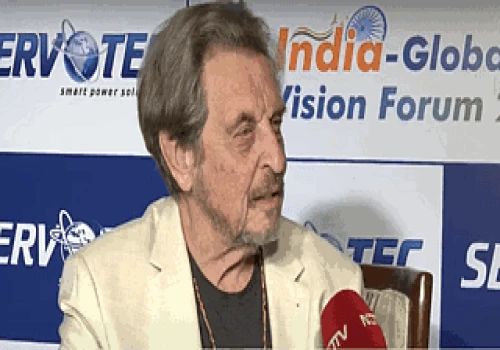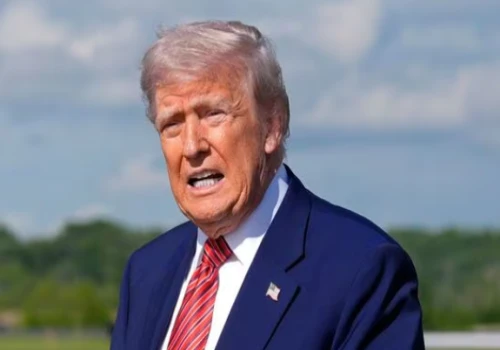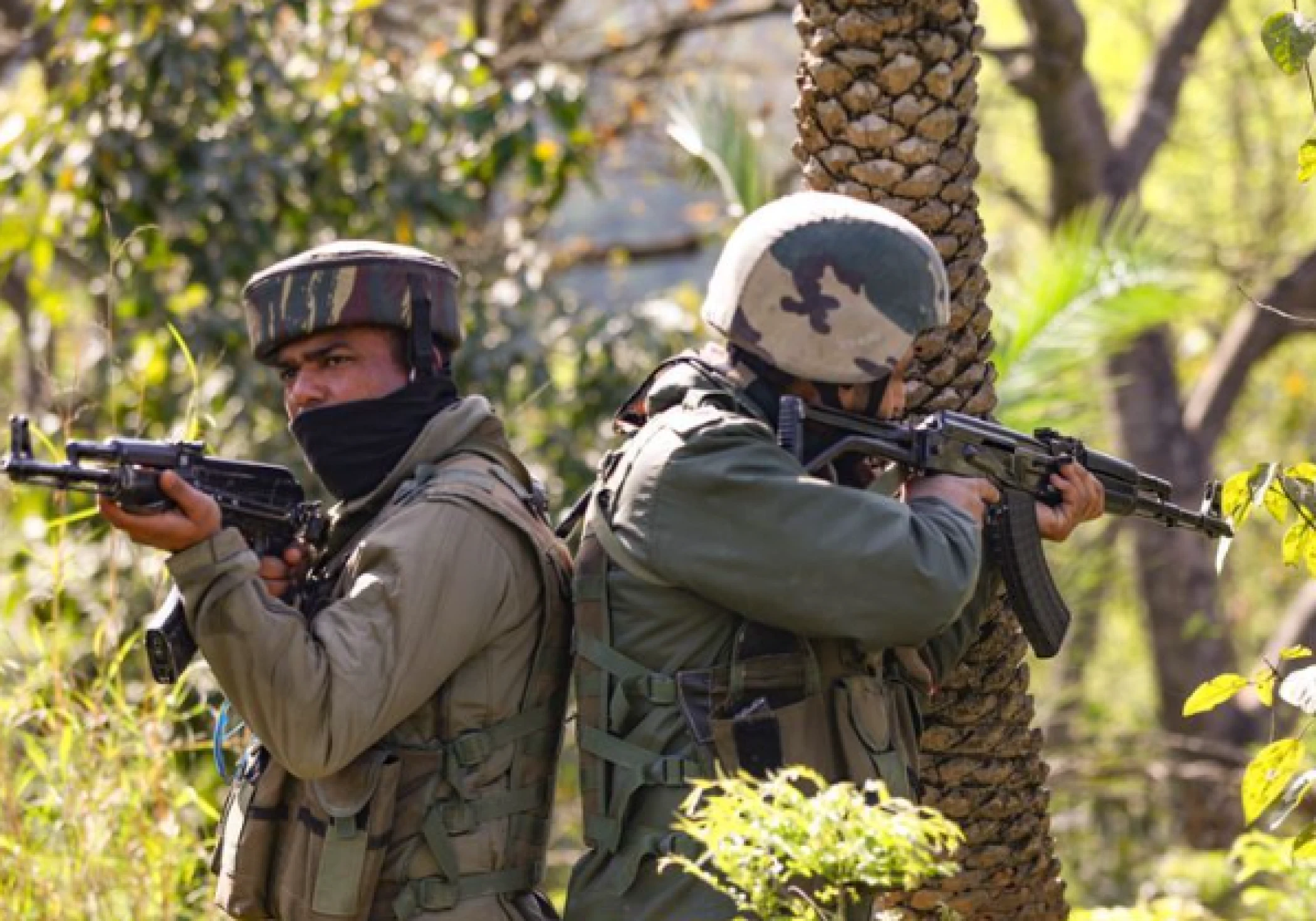
A cease-fire accord between India and Pakistan, facilitated by the United States and announced on Saturday, fell apart in hours as drone attacks, explosions, and blackouts were witnessed in several Indian states. Both countries have blamed each other for breaching the truce, fueling fears of escalation in the volatile Kashmir region.
Developments:
1. Ceasefire Announcement: On May 10, United States President Donald Trump declared a "full and immediate" India-Pakistan ceasefire following extensive negotiations led by Secretary of State Marco Rubio and Vice President JD Vance. The agreement was meant to bring an end to rising violence following a deadly militant attack on Indian-administered Kashmir.
2. Drone Infiltrations and Explosions: Contrary to the ceasefire, there were a number of drone sightings over Jammu and Kashmir, Punjab, Rajasthan, and Gujarat. Explosions were reported from Srinagar, Jammu, and Baramulla, causing air defense systems to be triggered.
3. Blackouts Enforced: Blackouts were enforced on different border districts such as Amritsar, Barmer, and Kutch to prevent target detection in the event of drone threats. Individuals were told to remain indoors and remain vigilant.
4. Mutual Allegations: India accused Pakistan of violating the ceasefire by conducting drone attacks and shelling civilian areas. Pakistan denied the charges, averring that it was dedicated to peace and blaming India for shelling civilians.
5. Military Action: India retaliated by reportedly striking Pakistani military targets, one of these being a terror launch pad in Sialkot. Pakistan alleged its airbases having been hit by Indian missiles, further increasing tensions.
6. Civilian Impact: The renewed hostilities have put border region civilians on edge. Blackouts and blasts disrupted life, and citizens were worried about safety and the vulnerability of peace talks.
7. Global Reactions: The global community, including the U.S., U.K., and China, condemned the ceasefire violations and called upon both countries to be cautious and resume talks.
8. Background: India and Pakistan have had a history of war over the state of Kashmir, and both have fought wars and had skirmishes over the state since 1947. The recent escalation followed a history of tenuous ceasefires and mistrust.
9. Political Declarations: Indian and Pakistani politicians uttered public declarations of their own emphasis. Indian politicians emphasized the merit of security measures and anti-terrorist operations, whereas Pakistani politicians called for respect for ceasefire and settlement by negotiation.
10. Future Outlook: As much as officially there is a ceasefire in place, its success remains to be determined. Ongoing violations and lack of trust between nations are intimidating obstacles to enduring peace in the region.



